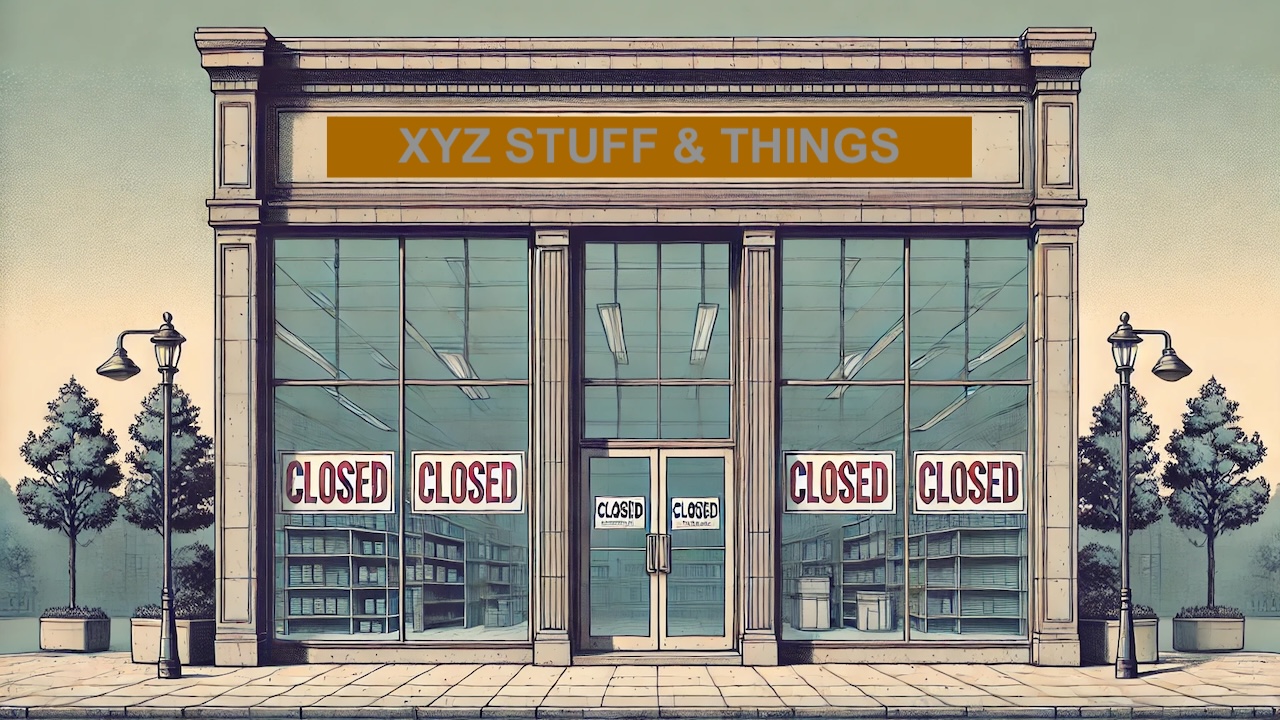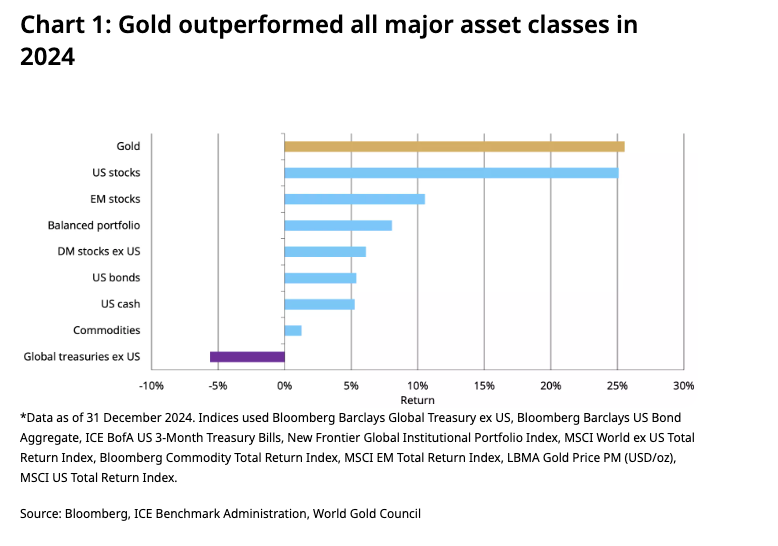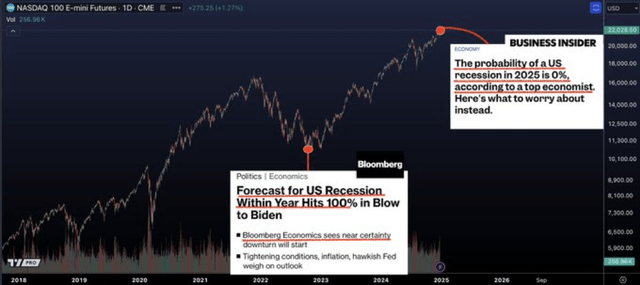The economy appears to be plugging right along, but there are some foul currents running under the surface that should raise concern as we move into 2025.
Major retailers plan to close thousands of stores in the next year.
Analysts say “shifting spending patterns” and “rising costs” are driving the closures. Many major retailers are shutting down underperforming locations to cut costs and boost sales, and several companies have gone bankrupt.
What Is Driving the Closures?
Persistent price inflation continues to grind down consumers and retailers alike.
Consumers have turned to credit cards to maintain spending as prices continue to increase. Outstanding consumer debt surged to over $5 trillion in 2024, with credit card balances rising to record levels.
The double whammy of rising debt and interest rates exacerbates the debt problem. The average annual percentage rate for credit cards remains over 20 percent despite recent interest rate cuts by the Federal Reserve.
Debt is also a big problem for corporations. Many companies binged on low-interest loans during more than a decade of easy money. As those loans come due, they are being forced to refinance at much higher rates, adding significant interest costs to their operations.
Increasing producer prices are also putting the squeeze on retailers. The Producer Price Index rose by 0.4 percent month-on-month in November and 3 percent on an annual basis. Rising producer prices are considered a leading indicator of price inflation. Ultimately, producers pass those higher costs on to their customers, driving the CPI higher.
According to estimates by MasterCard SpendingPulse, retail sales rose 3.8 percent during the holiday season. However, price inflation also inflates retail sales numbers.
Since retail sales data isn’t inflation-adjusted, it captures both sales volumes and price changes. In other words, just because dollar widget sales increase doesn’t mean people bought more widgets. It could be that they bought fewer widgets but paid a lot more for them. Conversely, falling sales could reflect price drops and don’t necessarily mean people purchase fewer widgets.
Lower-Income Consumers Feeling the Pain
According to an article by the Wall Street Journal, higher-income consumers are driving retail sales, while lower-income Americans are struggling to make ends meet as they continue to feel the squeeze of rising food prices, childcare, and other monthly expenses.
Newell Brands CEO Chris Peterson told the WSJ, “We started to notice this trend where there was a real bifurcation in the market between the $50,000-and-below consumer in the U.S. market and the $100,000-and-above consumer.”
The company produces Sharpie pens, Graco strollers, and Oster kitchen appliances. As an example of this bifurcation, Peterson said the company anticipates stronger demand for its high-end blenders costing $100 or more but dwindling demand for entry-level blenders priced in the $20 range.
“As we head into next year, 100 percent of our innovation will be at the medium and higher price point. We’re not innovating at all against the lower price points anymore.”
Shutting It Down
As we move into the new year, many retailers aren’t innovating at all. They’re shutting down stores. Some companies are simply trying to streamline operations and eliminate underperforming stores, but many are on the verge of bankruptcy or have already entered the process.
Here are just a few of the big companies that plan to shutter locations in the coming year.
Macy’s – The department store is expected to shut down 65 locations by the end of 2024 as part of a plan to close 150 “unproductive” stores by the end of 2026.
Walgreens – The drugstore chain announced plans to close 1,200 stores, with about 500 locations shuttering in 2025.
CVS – Here, we have another big drugstore chain shutting down hundreds of stores.
Starbucks – The coffee giant hasn’t announced numbers but says it will close several stores next year to “optimize operations.” The company has been dealing with labor unrest, leading to barista strikes in several cities.
Party City – The company has filed for bankruptcy and is closing all of its locations after 40 years in business. Company officials say inflation, debt, and other factors led to its demise.
Foot Locker – The shoe store began closing low-performing locations last year. It plans to shut down 400 stores, primarily in shopping malls, by 2026.
Advanced Auto Parts – The auto parts retailer plans to close more than 700 locations by the middle of next year. The company is in trouble and plans to introduce a three-year financial plan to revive its business.
Big Lots – The discounter started by announcing the closure of hundreds of underperforming locations, but that wasn’t enough. After a purchase agreement with Nexus Capital Management fell apart, the company announced plans to go out of business.
American Freight – The discount furniture and mattress company filed for bankruptcy and will close all its locations. The company’s demise reflects the declining spending power of lower-income consumers.
Family Dollar – Another discounter struggling with customer demographics, the chain is hoping that closing 1,000 locations will streamline its operation and boost sales.
Buybuy Baby – This retailer plans to close all of its physical locations, shifting to an online-only model.
Denny’s – The restaurant chain plans to shutter 150 of its lowest-performing locations, hoping to turn around sagging sales.
Wendy’s – The fast food chain is closing 140 underperforming restaurants.
Read the full article here












Leave a Reply